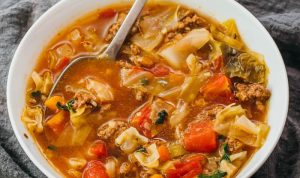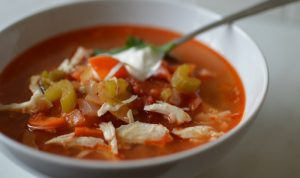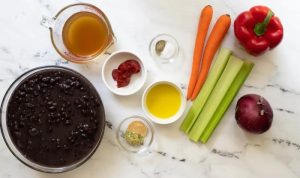Barley Mushroom Soup: A Culinary Exploration: Barley Mushroom Soup Recipes
Barley mushroom soup recipes – Barley mushroom soup, a comforting and nutritious dish, boasts a rich history and diverse cultural interpretations. From its humble beginnings as a peasant fare to its current status as a sophisticated culinary creation, this soup showcases the versatility of barley and mushrooms. This article delves into the nutritional benefits, recipe variations, and techniques for crafting a perfect bowl of barley mushroom soup.
Introduction to Barley Mushroom Soup, Barley mushroom soup recipes
Barley mushroom soup’s history varies across cultures. In some Eastern European traditions, barley was a staple grain, often combined with readily available wild mushrooms for hearty, filling soups. Similarly, in Asian cuisines, barley and various mushrooms found their way into nourishing broths, reflecting the region’s emphasis on wholesome ingredients. The nutritional profile is impressive; barley provides fiber, protein, and various vitamins and minerals, while mushrooms offer a potent source of antioxidants and essential nutrients.
The types of barley (pearl, hulled, etc.) and mushrooms (shiitake, cremini, portobello, etc.) used can dramatically impact the soup’s flavor and texture.
Recipe Variations: Broth & Stock
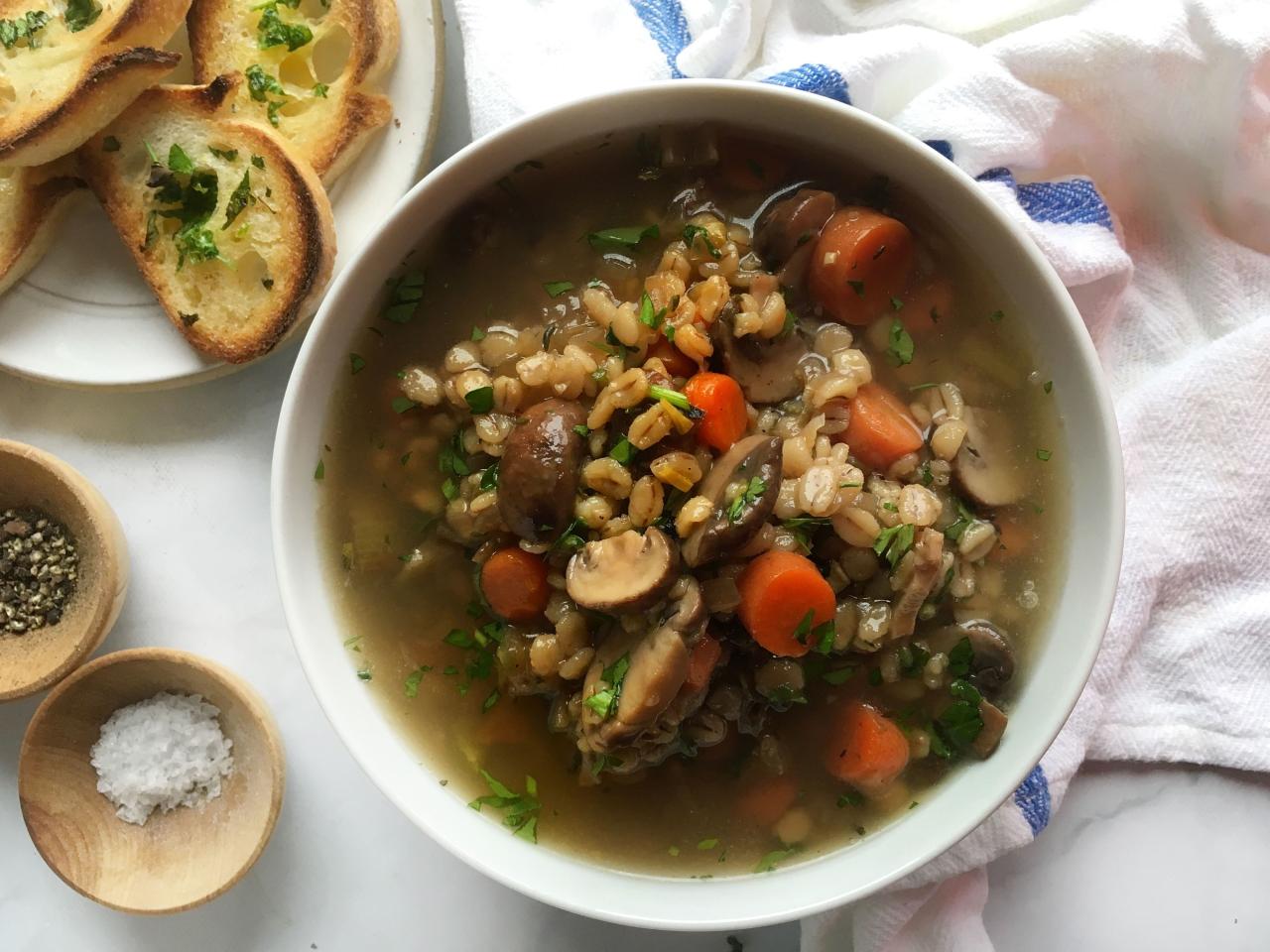
Source: hearstapps.com
The foundation of any great barley mushroom soup lies in its broth. Vegetable, chicken, and beef broths each impart distinct flavor profiles. Vegetable broth offers a clean, earthy base, while chicken broth adds richness and savory notes. Beef broth provides a deeper, more robust flavor. Creating a flavorful broth from scratch involves simmering bones (for chicken or beef) or vegetables with aromatics like onions, carrots, and celery.
Below are three unique broth recipes, each emphasizing a different flavor profile:
- Earthy Broth: Simmer vegetable scraps, mushrooms stems, and herbs like thyme and rosemary for a deeply earthy flavor.
- Savory Broth: Combine chicken bones, carrots, celery, onions, and a bay leaf for a classic savory chicken broth.
- Umami Broth: Use beef bones, shiitake mushrooms, soy sauce, and mirin for a rich, umami-forward broth.
Mushroom Selection and Preparation
The choice of mushrooms significantly impacts the soup’s flavor and texture. Shiitake mushrooms lend an earthy, umami depth; cremini mushrooms offer a classic mushroom taste; portobello mushrooms provide a meaty texture; oyster mushrooms contribute a delicate, slightly sweet flavor; and chanterelle mushrooms add a fruity, peppery note. Proper cleaning is crucial; gently wipe mushrooms with a damp cloth or brush, avoiding soaking, which can make them watery.
Larger mushrooms should be sliced or chopped to ensure even cooking.
Barley Preparation and Cooking Methods
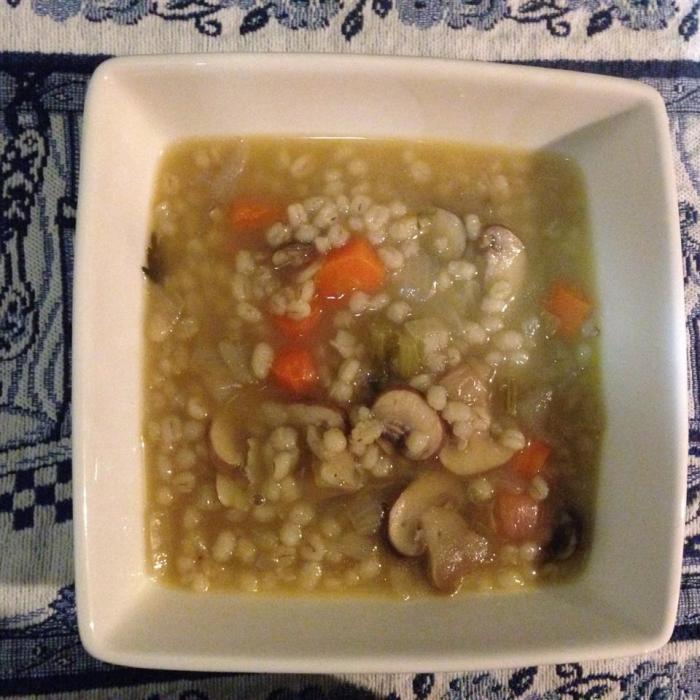
Source: media-allrecipes.com
Pearl barley, hulled barley, and other varieties offer different cooking times and textures. Pearl barley cooks quickly and results in a tender texture, while hulled barley requires longer cooking and maintains a firmer bite. Before adding barley to the soup, rinse it thoroughly under cold water to remove any dust or debris. Cooking times vary depending on the type of barley; follow package instructions for optimal results.
Recipe Development and Flavor Profiles
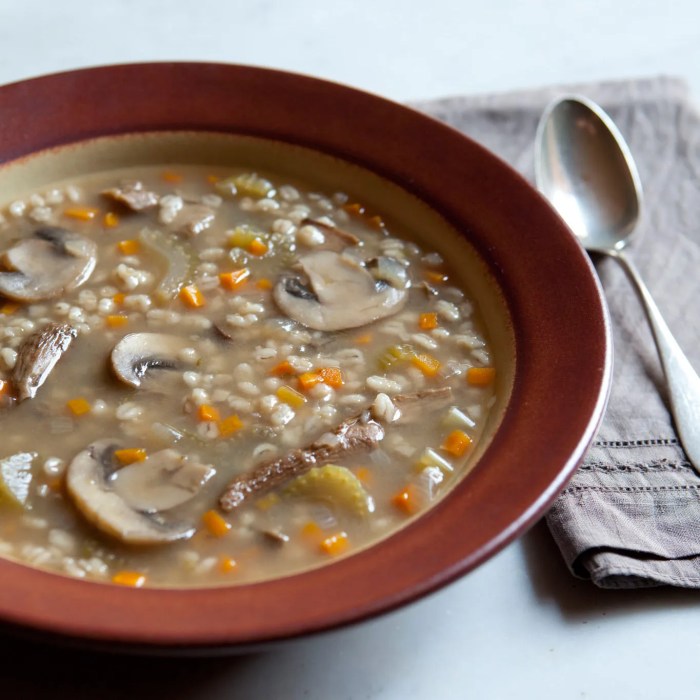
Source: epicurious.com
Three distinct barley mushroom soup recipes are presented below, each offering a unique flavor profile. Each recipe utilizes a structured HTML table for easy readability.
| Ingredients | Instructions | Notes | Nutritional Information (per serving – approximate) |
|---|---|---|---|
| Recipe 1 Ingredients | Recipe 1 Instructions | Recipe 1 Notes | Recipe 1 Nutritional Info |
| Recipe 2 Ingredients | Recipe 2 Instructions | Recipe 2 Notes | Recipe 2 Nutritional Info |
| Recipe 3 Ingredients | Recipe 3 Instructions | Recipe 3 Notes | Recipe 3 Nutritional Info |
Garnishes and Serving Suggestions
A variety of garnishes can elevate the barley mushroom soup’s visual appeal and flavor. Fresh herbs (parsley, chives, thyme), toasted nuts (walnuts, pecans), a swirl of cream or crème fraîche, crispy fried onions, and a drizzle of truffle oil are all excellent choices. The table below compares different garnishes based on their properties.
| Garnish | Flavor Profile | Texture | Visual Appeal |
|---|---|---|---|
| Fresh Parsley | Herbaceous | Soft, delicate | Bright green, adds freshness |
| Toasted Walnuts | Nutty, earthy | Crunchy | Adds color and texture contrast |
Recipe Variations and Adaptations
Barley mushroom soup is easily adaptable to various dietary needs. For vegetarian or vegan versions, simply omit the meat broth and use vegetable broth instead. Gluten-free options are readily available by using certified gluten-free barley. Adding different vegetables (carrots, celery, spinach), herbs (sage, rosemary), or spices (cumin, paprika) creates unique flavor combinations.
Adjusting the amount of chili flakes or cream controls the spiciness and creaminess.
Storage and Reheating
Store leftover barley mushroom soup in an airtight container in the refrigerator for up to 3-4 days. When reheating, gently warm the soup on the stovetop or in the microwave, avoiding boiling, which can alter the texture and flavor. To prevent the soup from becoming watery, allow it to simmer gently and thicken slightly before serving.
Visual Representation of the Recipes
The three recipes described above would present distinct visual characteristics. The creamy soup would have a smooth, homogenous texture with a pale, creamy color, potentially accented with the deep brown of mushrooms. The spicy version would display a more vibrant color due to the addition of chili flakes, while the herby soup would exhibit a brighter, more verdant hue from the inclusion of fresh herbs.
Plating the soup in rustic bowls enhances the overall presentation, with garnishes strategically arranged to create visual interest. A simple swirl of cream or a sprinkle of fresh herbs can dramatically enhance the visual appeal.
FAQ Insights
Can I use dried mushrooms in barley mushroom soup?
Yes, dried mushrooms offer a more intense flavor. Rehydrate them in hot water before using, reserving the soaking liquid to add depth to the broth.
How long does barley mushroom soup last in the refrigerator?
Properly stored, barley mushroom soup will last for 3-4 days in the refrigerator. Ensure it’s cooled completely before refrigerating.
Can I freeze barley mushroom soup?
So, you’re craving some seriously comforting barley mushroom soup? It’s totally doable, and even better if you’re keeping things clean! For some killer inspiration on keeping it Whole30-friendly, check out these amazing whole30 soup recipes – they’ll give you tons of ideas for adapting your barley mushroom soup to fit your healthy lifestyle. Then get back to that delicious, earthy barley mushroom goodness!
Yes, freeze in airtight containers for up to 2-3 months. Allow to thaw completely in the refrigerator before reheating.
What are some good substitutes for barley?
Other grains like farro, quinoa, or even rice can be used as substitutes, although the texture and flavor will differ.



